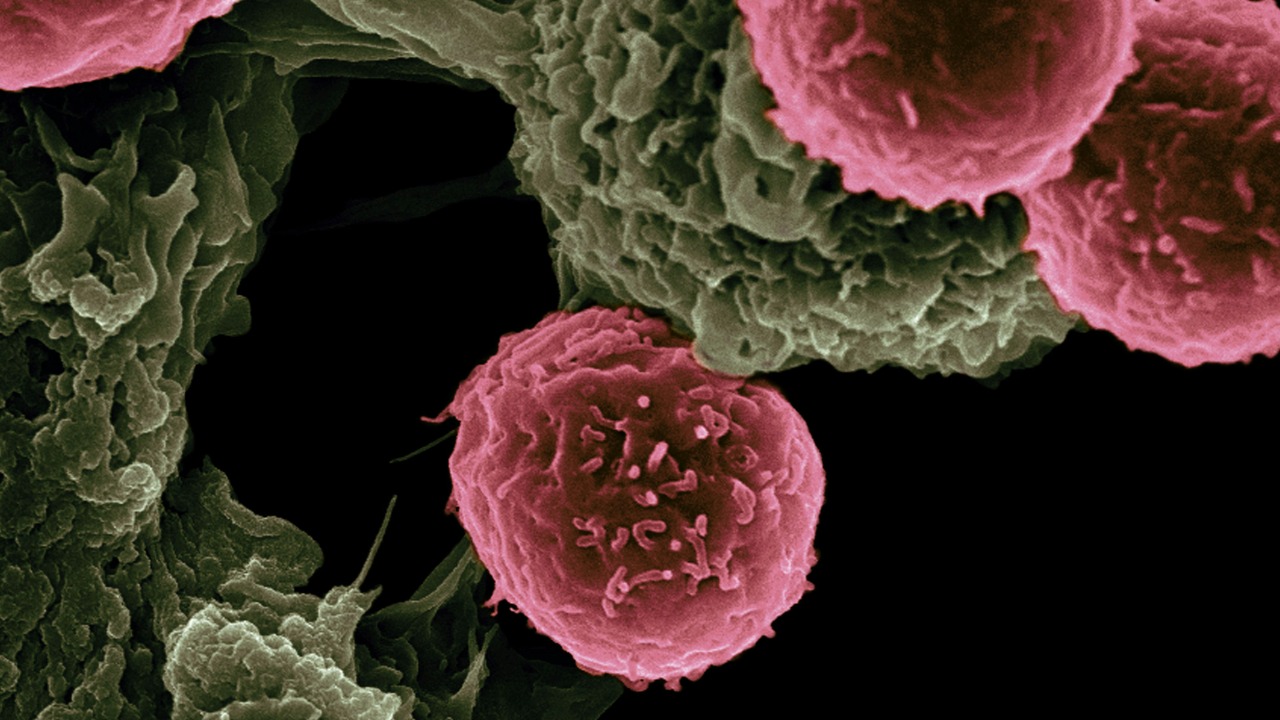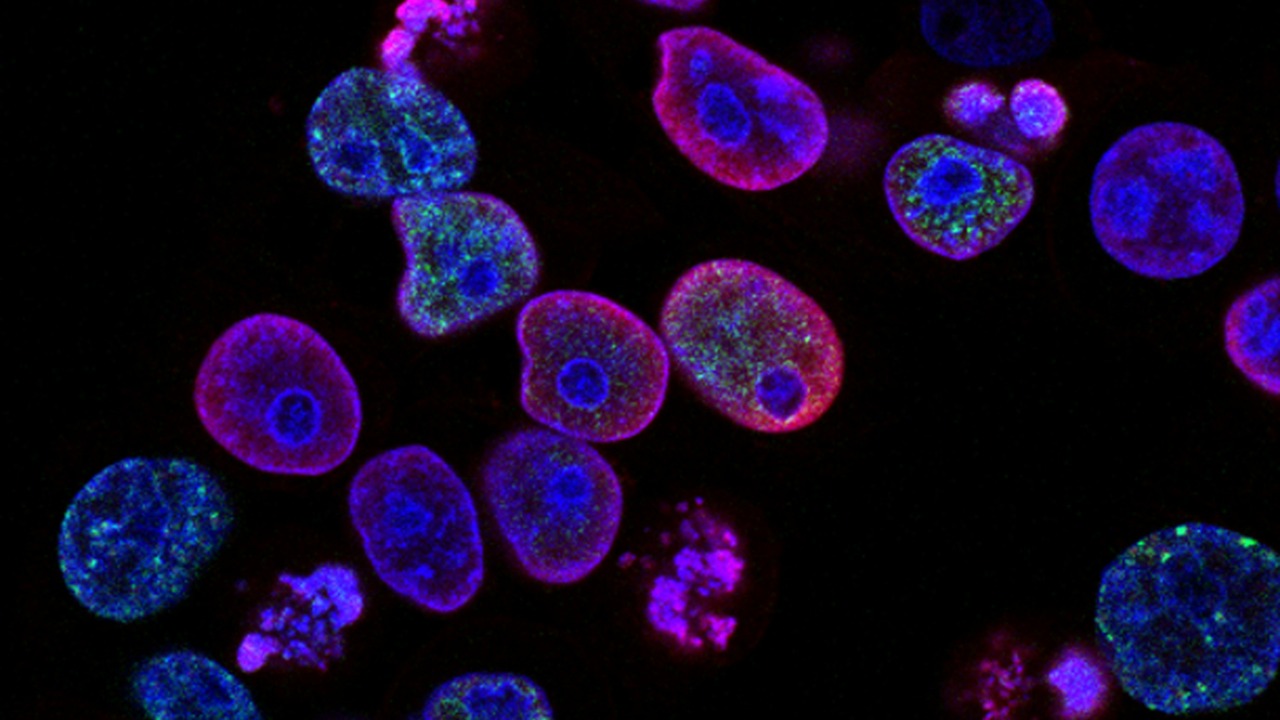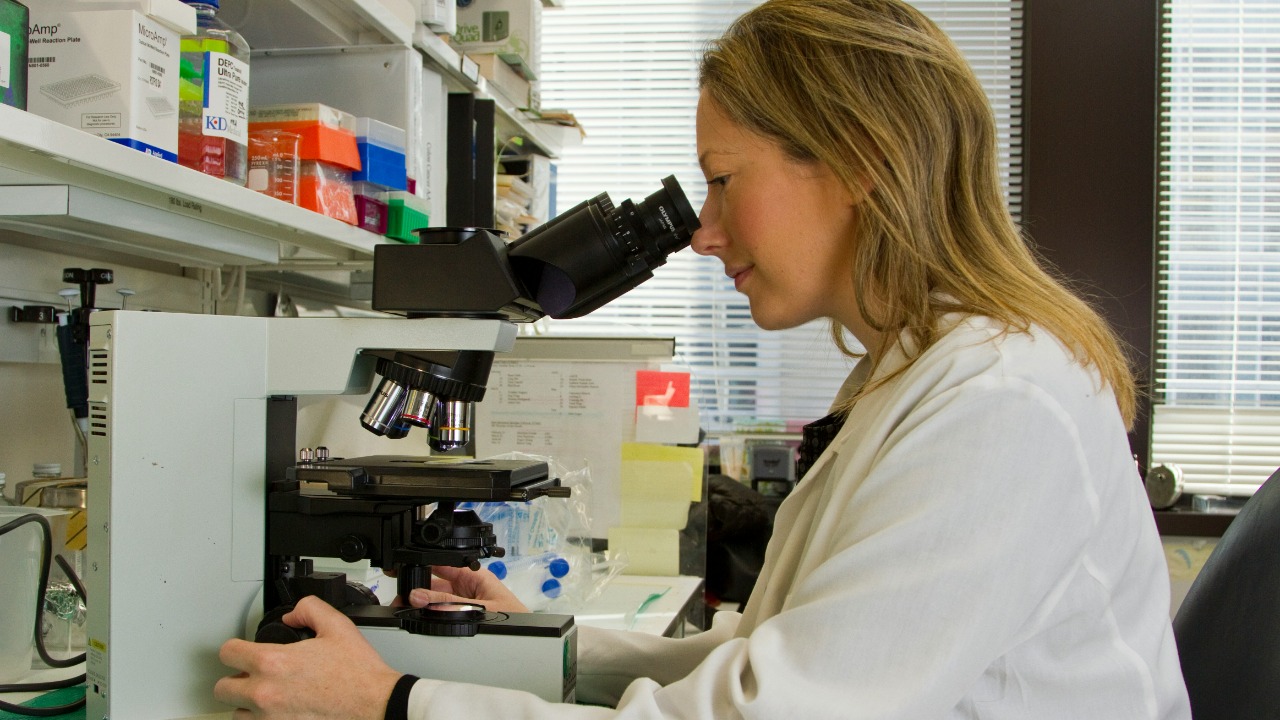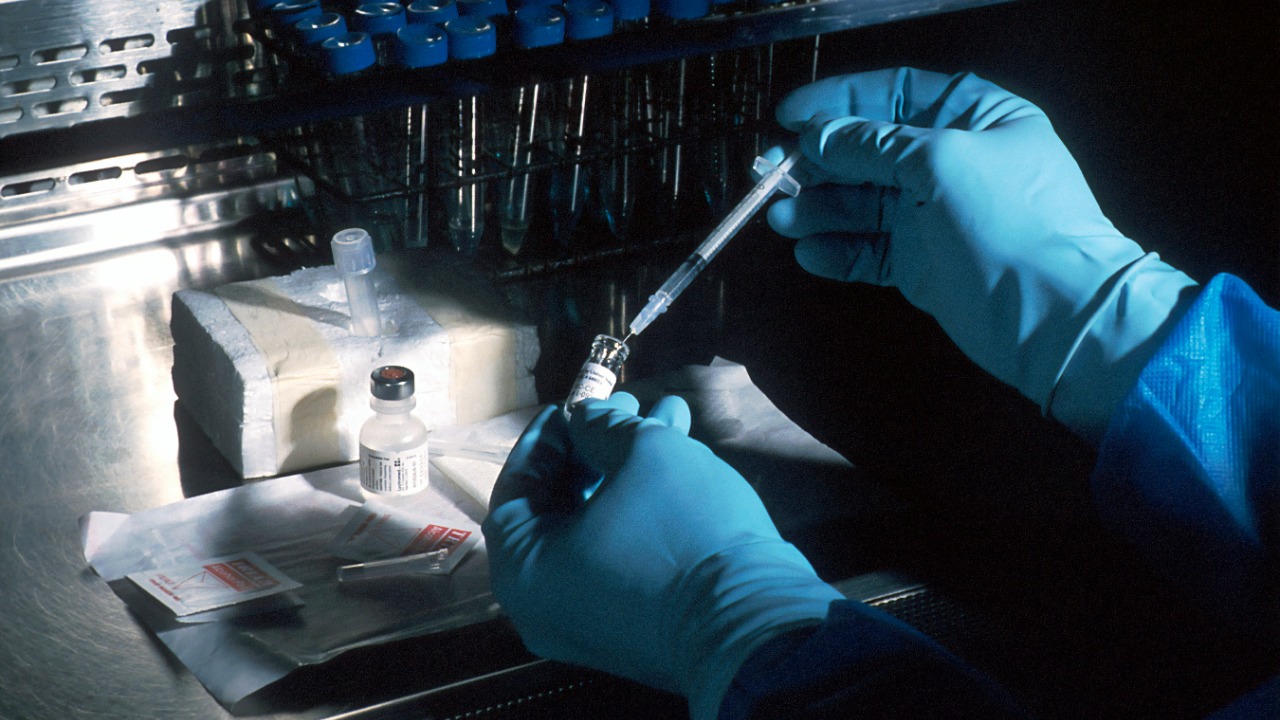
Recent studies have revealed that cancers leave distinct chemical signatures in the body, which can be detected early on. These “chemical fingerprints” offer promising avenues for early diagnosis and more effective treatment options, potentially revolutionizing cancer detection.
Understanding Chemical Fingerprints

Definition and Mechanism
Chemical fingerprints are unique biochemical changes that occur in the body as a result of cancerous activity. These changes often manifest as alterations in metabolic pathways, leading to specific chemical markers that can be detected in bodily fluids like blood or urine. The formation of these fingerprints is driven by the biological processes of cancer cells, which differ significantly from normal cells. Through advanced analysis, researchers can identify these markers, providing a window into the presence of cancer.
Early Detection Potential
The ability to detect cancer through chemical fingerprints holds the promise of identifying the disease in its nascent stages, well before traditional symptoms emerge. This early detection is crucial as it increases the likelihood of successful treatment outcomes and can significantly improve survival rates. By catching cancer early, healthcare providers can intervene sooner, potentially halting the progression of the disease.
Technological Advances
Recent technological advancements have been instrumental in enabling the detection of these chemical fingerprints. Innovative diagnostic tools, such as advanced spectroscopy and bioinformatics platforms, have been developed to analyze complex biochemical data with high accuracy. These technologies facilitate the identification of subtle chemical changes, paving the way for more precise and timely cancer diagnostics.
Research and Findings

Recent Studies and Breakthroughs
Key studies have underscored the potential of chemical fingerprints in cancer detection. For instance, research published in MSN Health highlights how these fingerprints can be rapidly identified, offering a promising avenue for early diagnosis. Other studies, such as those referenced in Techno-Science, demonstrate the diverse approaches being developed to harness this information for clinical use.
Diverse Cancer Types
Different types of cancer produce distinct chemical fingerprints, which can be used to tailor personalized treatment plans. This specificity allows for a deeper understanding of the biological underpinnings of various cancers, as seen in studies like those published in ACS Publications. By analyzing these unique fingerprints, researchers can develop targeted therapies that are more effective for individual patients.
Challenges and Limitations
Despite the promising potential, there are challenges in chemical fingerprint detection and analysis. Issues such as accuracy, specificity, and the need for sophisticated equipment can hinder widespread adoption. More research is needed to address these challenges and refine the detection methods to ensure reliability and ease of use in clinical settings.
Implications for Healthcare

Improved Diagnostic Accuracy
Chemical fingerprint detection could dramatically improve diagnostic accuracy by reducing the rates of false positives and negatives in cancer screening. With more precise information, doctors can make better-informed decisions about patient care, ultimately leading to improved outcomes and more efficient use of healthcare resources.
Cost-Effectiveness and Accessibility
The potential for these techniques to become cost-effective and widely accessible is significant. By streamlining the diagnostic process and utilizing non-invasive methods, chemical fingerprint detection could become an integral part of routine cancer screening. This accessibility is particularly important for reaching underserved populations, ensuring that more people benefit from early detection.
Future Research Directions
Future research must focus on enhancing detection capabilities through technological innovations and collaborative efforts. Areas such as data integration, machine learning, and cross-disciplinary partnerships hold promise for advancing the field. Continued exploration and investment in these areas will be crucial for unlocking the full potential of chemical fingerprint technology in cancer detection.